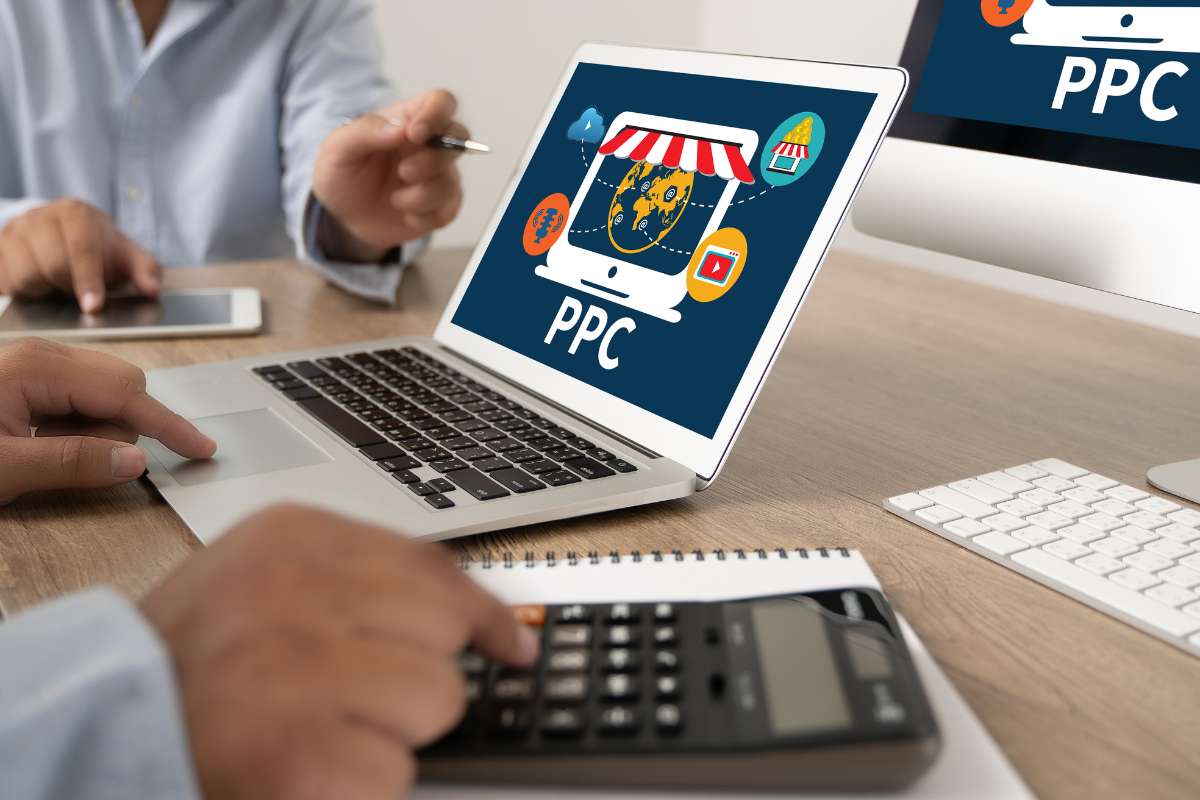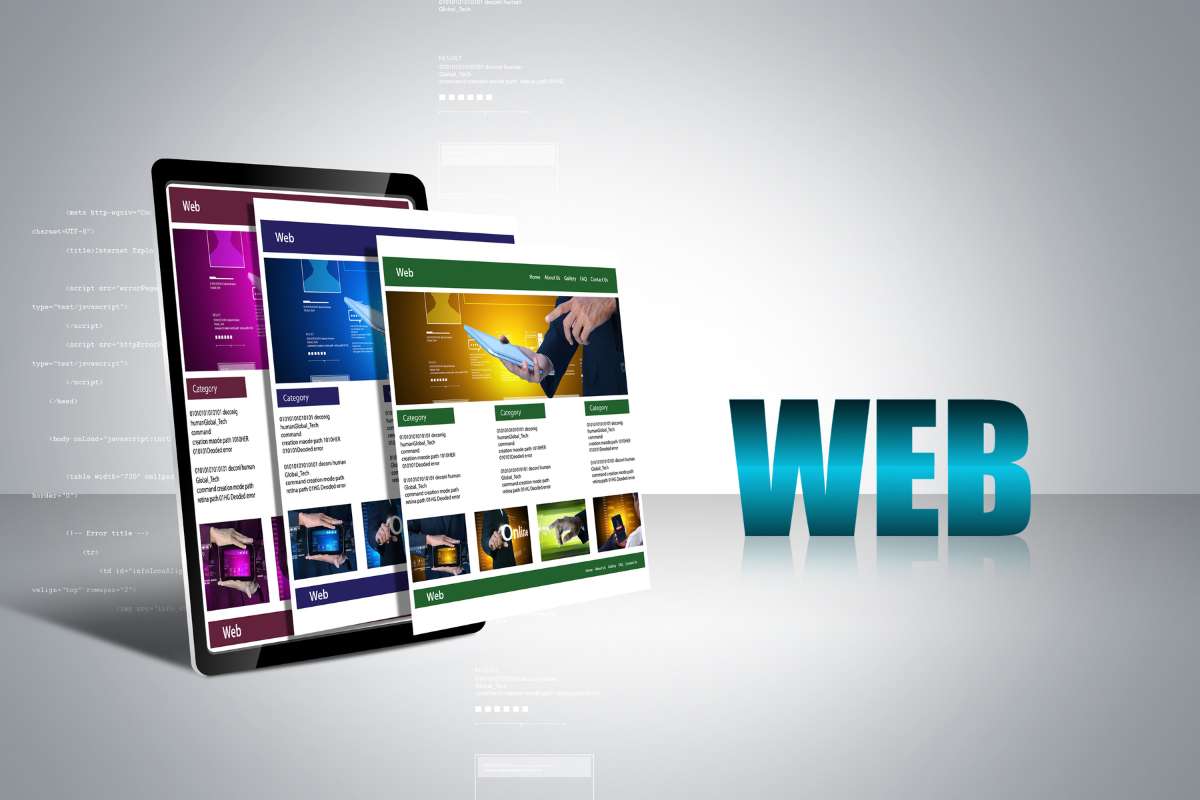In today’s fast-paced digital world, businesses are continuously seeking innovative ways to stand out from the competition, attract potential customers, and drive traffic to their websites. One of the most effective strategies to achieve this is through Pay-per-click (PPC) advertising. This form of advertising allows businesses to target specific audiences, control costs, and track performance, making it an essential tool in any digital marketing strategy.
In this article, we will explore what this advertising is, how it works, and why it’s crucial for businesses of all sizes. Additionally, we will discuss the various benefits, platforms, and best practices to ensure success with PPC campaigns.
What is Pay-per-click (PPC) Advertising?

This type of advertising is an online marketing model where advertisers pay a fee each time their ad is clicked. Essentially, it’s a way of buying visits to your site rather than attempting to “earn” those visits organically. Unlike traditional forms of advertising, where you pay a flat fee for ad space, PPC allows businesses only to pay when a user interacts with their ad.
The most popular platform for PPC is Google Ads, but other platforms such as Bing Ads, Facebook Ads, and Instagram Ads also offer PPC advertising models. The ads are typically displayed at the top of search engine results pages (SERPs), social media feeds, or on websites within the display network.
How Does Pay-per-click (PPC) Advertising Work?
PPC operates on a bidding system. Advertisers bid on specific keywords relevant to their business, products, or services. When users search for these keywords, the search engine determines which ads to show based on a combination of the bid amount and the quality score of the ad, which includes factors like relevance and landing page experience.
Here’s a breakdown of how the process works:
1. Keyword Selection:
Advertisers choose keywords that their target audience is likely to search for. These keywords trigger their ads when users perform relevant searches.
2. Ad Auction:
When a user searches for a keyword, an auction is triggered. Advertisers bid on that keyword, and the ad with the highest bid and quality score typically wins the auction, securing a prime spot on the SERP or other platform.
3. Ad Display:
Once the ad is displayed, the advertiser only pays if the user clicks on the ad. This makes PPC a highly measurable and cost-effective advertising model.
4. Performance Tracking:
One of the greatest advantages of PPC is that businesses can track and measure the performance of their ads in real time. Metrics like click-through rate (CTR), conversion rate, and cost-per-click (CPC) provide valuable insights that can help optimize future campaigns.
Why is Pay-per-click (PPC) Advertising Important for Businesses?

In a competitive digital landscape, this type of advertising offers several advantages for businesses looking to boost their online presence and drive conversions. Here are some of the key benefits:
1. Targeted Reach
PPC allows businesses to target their ideal customers based on demographics, location, device, and even the time of day. This level of precision targeting ensures that your ads are shown to people who are most likely to be interested in your products or services. Additionally, platforms like Google Ads offer remarketing options, enabling businesses to re-engage users who have previously visited their site.
2. Cost Control
One of the biggest advantages of PPC advertising is that you only pay when someone clicks on your ad. This gives you complete control over your budget, as you can set daily or monthly limits on how much you’re willing to spend. Additionally, advertisers can adjust their bids at any time, allowing for flexibility in managing costs.
3. Measurable Results
PPC advertising provides measurable results almost instantly. With the help of analytics tools, businesses can track everything from impressions and clicks to conversions and ROI. This level of transparency allows for continuous optimization, ensuring that your campaigns deliver the best possible results.
4. Fast Results
While organic SEO can take months to yield results, Pay-per-click (PPC) advertising delivers immediate visibility. Once a campaign is live, ads can start appearing within minutes, driving traffic and leads right away. This is especially beneficial for businesses looking to promote time-sensitive offers or gain immediate exposure in a competitive market.
5. Flexibility and Customization
PPC platforms offer various ad formats, including text, display, video, and shopping ads, allowing businesses to choose the format that best suits their goals. Moreover, ads can be customized based on audience preferences and the stage of the customer journey, ensuring that the right message is delivered at the right time.
Popular Platforms for PPC Advertising
Several platforms offer Pay-per-click advertising, each with its unique features and benefits. Some of the most popular ones include:
1. Google Ads
Google Ads is by far the most popular PPC platform, mainly due to its massive reach. It allows businesses to display ads across Google’s vast search network and display network, which includes millions of websites. With Google Ads, businesses can target users searching for specific keywords, making it one of the most effective ways to drive high-quality traffic.
2. Bing Ads
Bing Ads, now known as Microsoft Advertising, is another platform worth considering. While its market share is smaller compared to Google, Bing’s lower competition often results in cheaper cost-per-clicks (CPCs), making it a cost-effective option for businesses.
3. Facebook Ads
Facebook offers highly targeted PPC advertising options, allowing businesses to display ads to users based on their interests, behaviors, and demographics. The platform also integrates with Instagram, providing a broader reach across two major social networks.
4. LinkedIn Ads
LinkedIn Ads is a powerful PPC platform for B2B companies. It allows advertisers to target professionals based on job title, industry, company size, and more, making it ideal for businesses looking to connect with decision-makers.
Best Practices for PPC Success

To maximize the effectiveness of your Pay-per-click (PPC) advertising campaigns, here are some best practices to follow:
1. Conduct Thorough Keyword Research:
Identifying the right keywords is crucial to the success of your PPC campaign. Use tools like Google Keyword Planner, SEMrush, or Ahrefs to find relevant keywords with high search volume and low competition.
2. Write Compelling Ad Copy:
Your ad copy should be clear, concise, and focused on the user’s intent. Highlight your unique selling points (USPs) and include a strong call-to-action (CTA) to encourage clicks.
3. Optimize Landing Pages:
Ensure that your landing page is relevant to the ad and provides a seamless user experience. A well-optimized landing page will improve your ad’s quality score and increase the chances of conversion.
4. Monitor and Adjust Campaigns Regularly:
PPC is not a “set it and forget it” strategy. Regularly monitor your campaigns, analyze performance data, and make adjustments as needed to improve ROI.
Leverage A/B Testing:
Test different versions of your ads, keywords, and landing pages to determine what works best. Continuous testing and optimization are key to long-term success.
Conclusion
Pay-per-click (PPC) advertising is a powerful tool that can help businesses achieve their marketing goals by driving targeted traffic, increasing conversions, and providing measurable results. With the right strategy, keyword research, and optimization, businesses can make the most of their PPC campaigns and gain a competitive edge in the digital landscape. Whether you’re new to PPC or looking to improve existing campaigns, understanding the fundamentals and best practices is essential for success.









